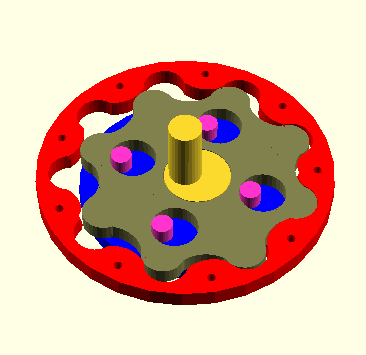Beautifully Overengineered Toy Car
From Dutch designer Wouter Scheublin, who made a big splash in 2010 with his Walking Table. This pull-back-to-wind Toy Car, machined in stainless steel and bronze, with matching walnut box, was produced in a limited edition of twenty, and is still available in laser-sintered nylon, though it isn’t cheap. [Thanks, Billy Baque!] More:Seriously Overengineered MousetrapVery, […]








